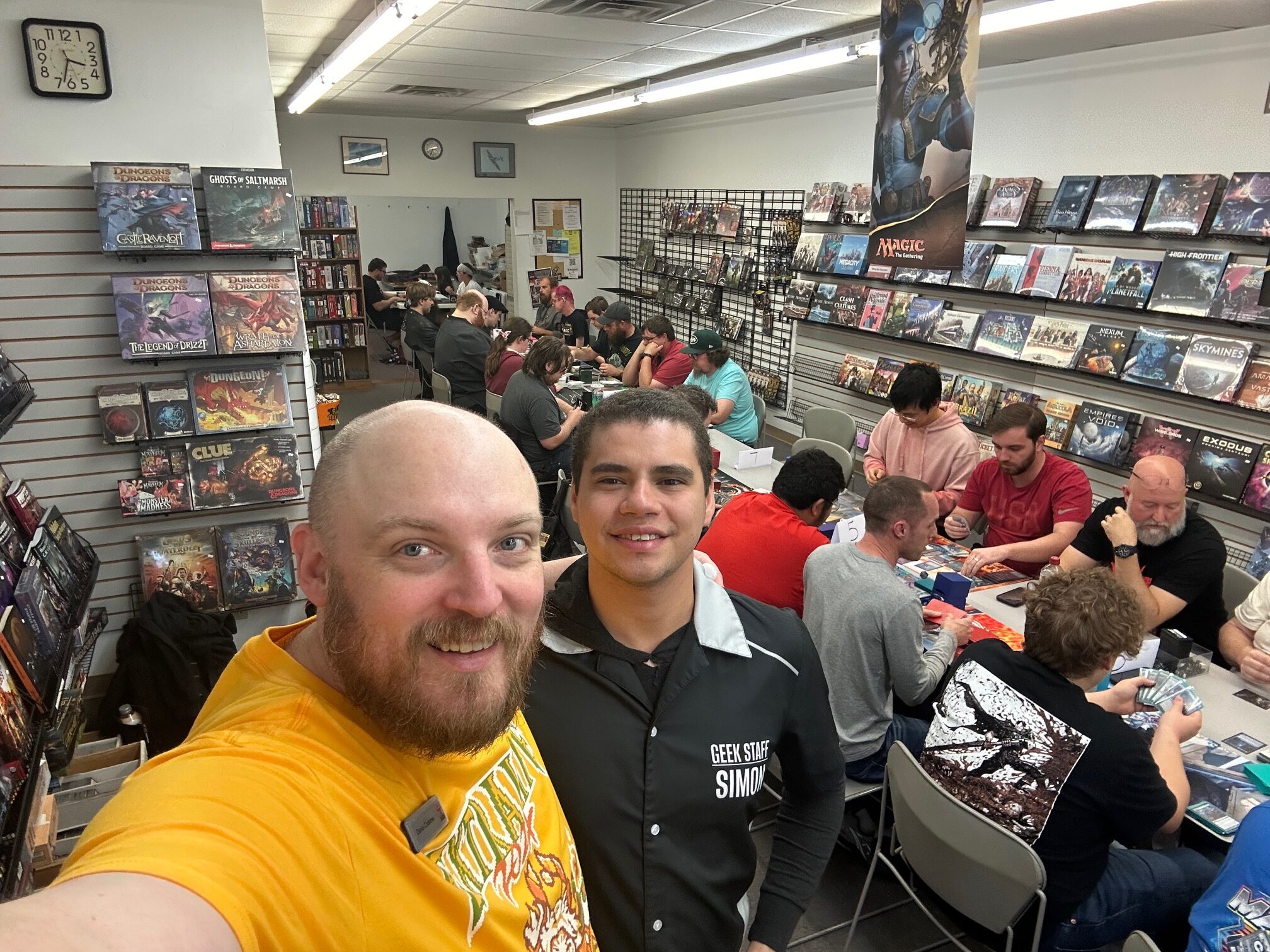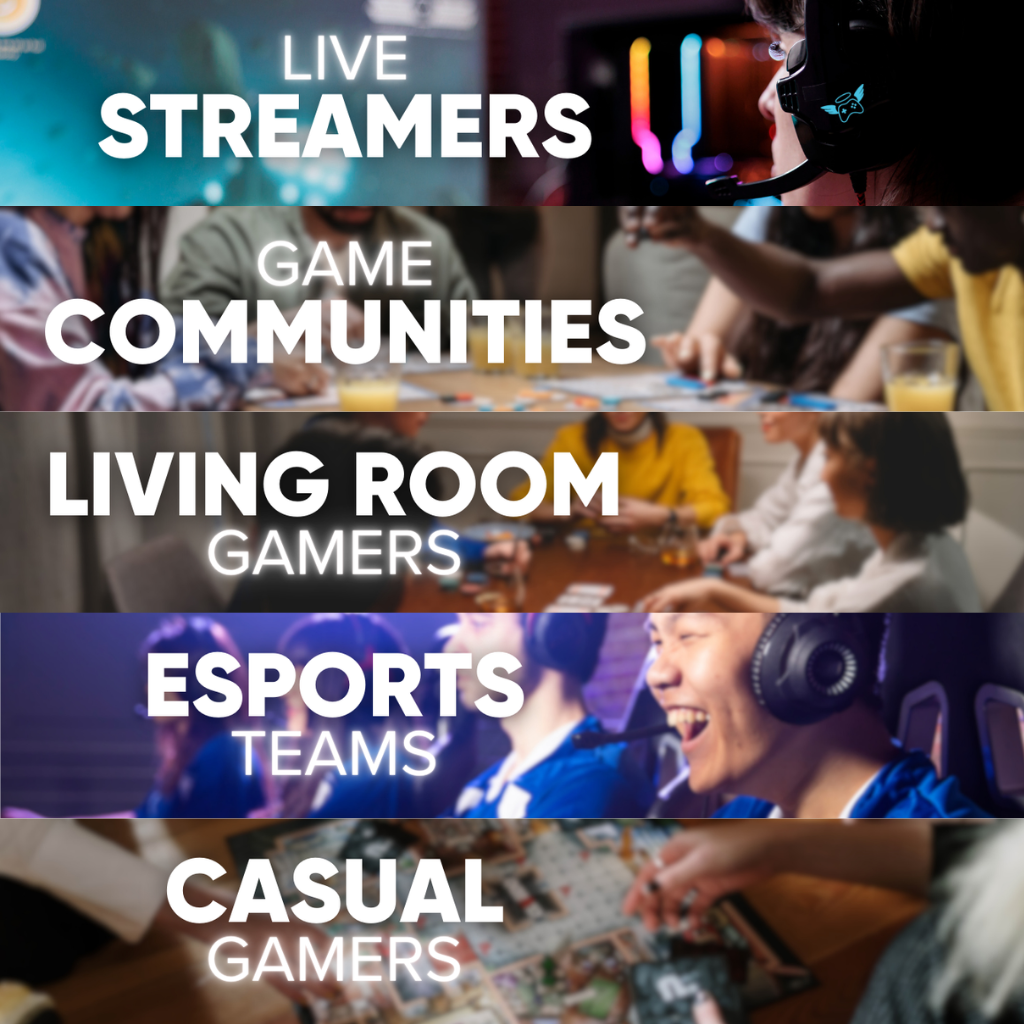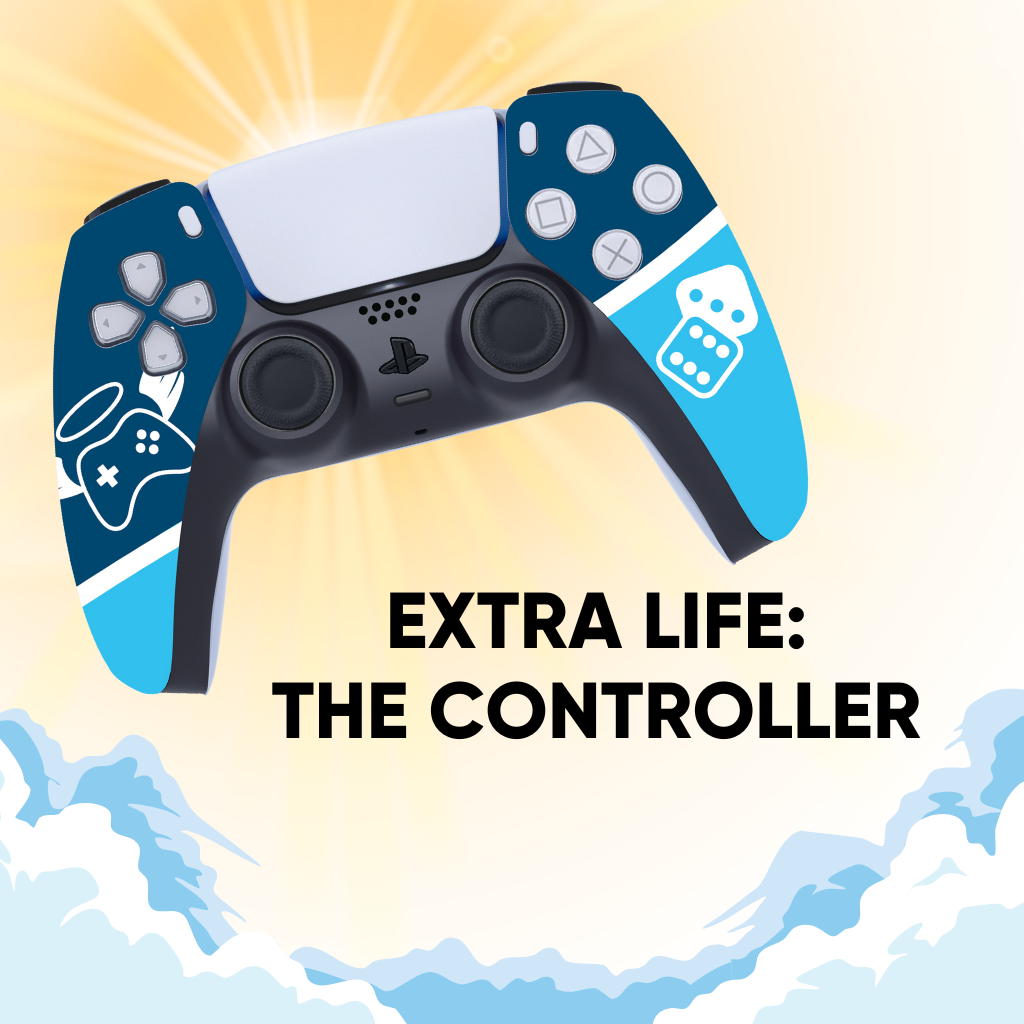Why Intersectionality Matters When We Discuss Gaming’s Equality, Equity & Justice
We are listening. Do you have feedback about how Extra Life can act as a more inclusive community? How can we be more intentional? Email your thoughts to community@extra-life.org or message us on social media.
The world is becoming an ever-more diverse and globally connected place, but it’s also become clear that not everyone’s rights are equal. In recent weeks, civil rights and Pride-related activism have shown bright spotlights on unjust treatment for various minority groups. Unfortunately, inequality exists in our society, full stop… And this also means that inequality exists within the gaming industry.
Examples of Inequality in the Gaming Sector
Sexism
#Gamergate made it explicitly clear that women were unwelcome to work in the gaming sector, while also highlighting the problematic violence against women within games. (Not familiar with this depressing story? Following a break-up with her boyfriend, a female game designer was systematically targeted, sexual harassed and threatened because she was a woman.) Although #Gamergate reached its zenith in 2014, it never went away; the problem of harassment and reduced opportunities for women in gaming continue. There are 350% more men than women working in gaming.
Female characters within games also remain woefully under-represented. A 2015 Washington Post article looking at gender representation in gaming apps found that “of the apps that did have gender-identifiable characters, 98 percent offered boy characters. What shocked me was that only 46 percent offered girl characters. Even worse, of these 50 apps, 90 percent offered boy characters for free, while only 15 percent offered girl characters for free.” And often, when female characters do appear, they’re hyper-sexualized.
Racial Stereotyping
While there’s increasing racial diversity among who plays games, concern has been raised about racial stereotyping for characters within the games. For example, Black and Hispanic characters are much more likely to be depicted as competitors in sports-oriented games. Black females are most likely to show up as bystanders, rather than as lead characters. Native American, Asian and mixed race characters are extremely hard to find. The entertainment industry has great power to reduce stereotyping or to perpetrate it; unfortunately the gaming sector is still arguably on the perpetrating side of racial stereotyping.
Additionally, the industry is sorely lacking for racial diversity among developers:
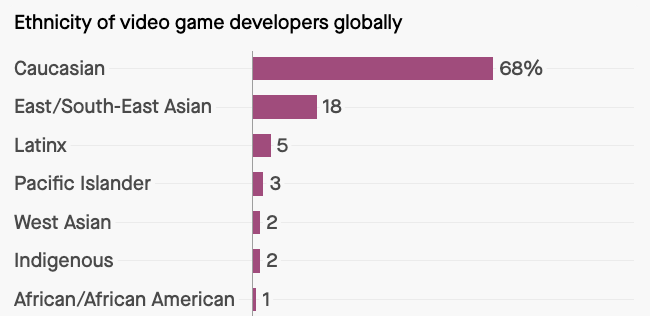
Lack of LGBTQ+ Characters
The gaming industry is actually rather inviting for people who identify as LGBTQ+. For example, a recent demographics census in the UK found that 21% of the UK gaming industry is made up of people who are LGBTQ+. This number is to be celebrated because only 3-7% of the nation’s population is LGBTQ+. However, despite the industry having a high quantity of LGBTQ+ gamers, there’s a vast under-represntation of LGBTQ+ characters within the games played. In 2018, GamesRadar journalist Sam Greer found queer characters in only 179 commercially released games (out of 10,000’s games). Only 83 of these queer characters were playable and only 8 featured main characters who was pre-written as queer.
Additional Concerns
- Critiques have also been raised about the lack of diversity among gaming influencers and esports pros.
- There’s the problem of harassment, hate speech and online bullying within gamers’ digital spaces.
- Unfortunately, people may face discrimination within the gaming industry for their disability, religion, age, class, body size or many for many other reasons. This needs to be considered as well.
What is Intersectionality?
Intersectionality is the interconnected nature of social categorizations such as race, class, and gender as they apply to a given individual or group. Considering intersectionality means looking at the overlapping and interdependent systems of discrimination or disadvantage.
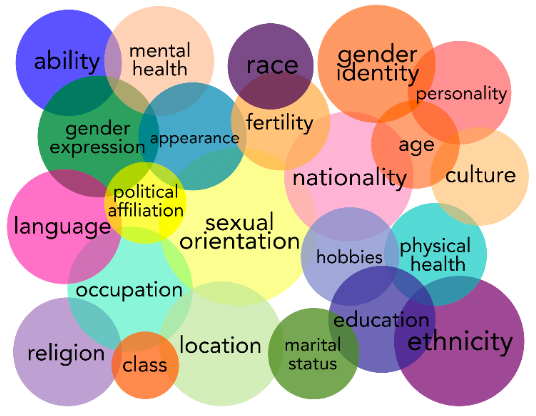
So, put yourself in the shoes of a gamer who is Black, female and queer. She may have faced online bullying for her race, sex and sexual orientation. She also isn’t seeing many fully-developed gaming characters with her skin color, her gender or her sexual orientation in the games she’s playing. She may be overlooked if she attempts to pursue a career in gaming. Creating greater inclusion for her in the gaming space means that she will need to see more character representation across multiple verticals and she will need to be welcomed into gaming communities where she is protected from hate speech of many different kinds. She needs gaming hiring managers to welcome her to apply and she may need access to educational resources to help qualify her for a potential job.
Intersectionality makes understanding discrimination more complicated. However, each individual person is complex and if we believe that they all deserve an equal place in the gaming sector, we need to embrace complexity and consider intersectionality along the way.
From Inequality to Equality to Equity to Justice
We love this graphic because it shows the great lengths it will take to ultimately reach true justice in a community like the gaming sector:
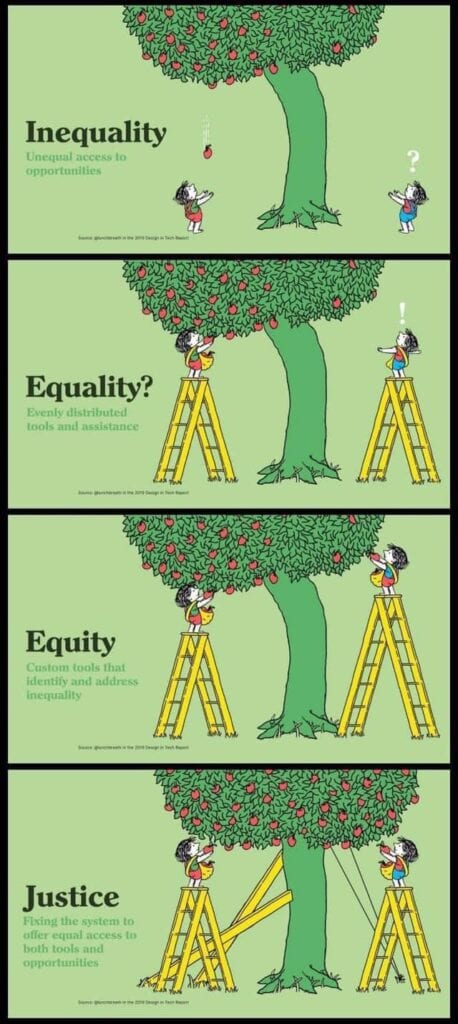
Reaching a place where all gamers feel safe, welcomed and represented in the gaming space is not a simple task. Justice is about more than just giving everyone equal access to the community. For people facing discrimination, notably for people facing more than one discrimination, healers must consider intersectionality in their solutions.
Comprehensive solutions to achieve justice could include:
- Featuring diverse visual character representation within games proportionate to the diverse demographics of the countries the gamers live within.
- Gaming companies providing equal pay for equal work, full stop.
- Intentionally fostering future generations to gain professional skills to work in gaming. Notably, fostering technical skills (like coding) for young people least likely to have access to these educational resources.
- Our friends at Games for Change are a great example of leaders in this effort.
- Developing automated tech solutions to prevent hate speech and bullying in digital spaces.
- Strategic guidance from diverse leaders to help prevent stereotypes and/or problematic characters within games.
- A willingness to change a game if it’s damaging.
- Ensuring gaming role models (influencers and esports pros) are trained on these issues, so they can inspire change and help stop problematic behavior within the community.
- Providing mental health resources to help gamers heal from previous trauma and/or to behave in a more edifying manner.
- Creating active listening feedback loops for the community to identify problems, allowing leadership the chance to find solutions.
Naturally, there are many more tactics that could be pursued to move the gaming industry increase its inclusiveness. This is just a starting point.
Do you have thoughts for how the Extra Life community can pursue greater equality, equity and justice? Please, reach out to community@extra-life.org or message us on social media with your feedback.
It’s easy to feel paralyzed by the complexity of these issues. However, Dr. Martin Luther King Jr. offers words of wisdom for us all:
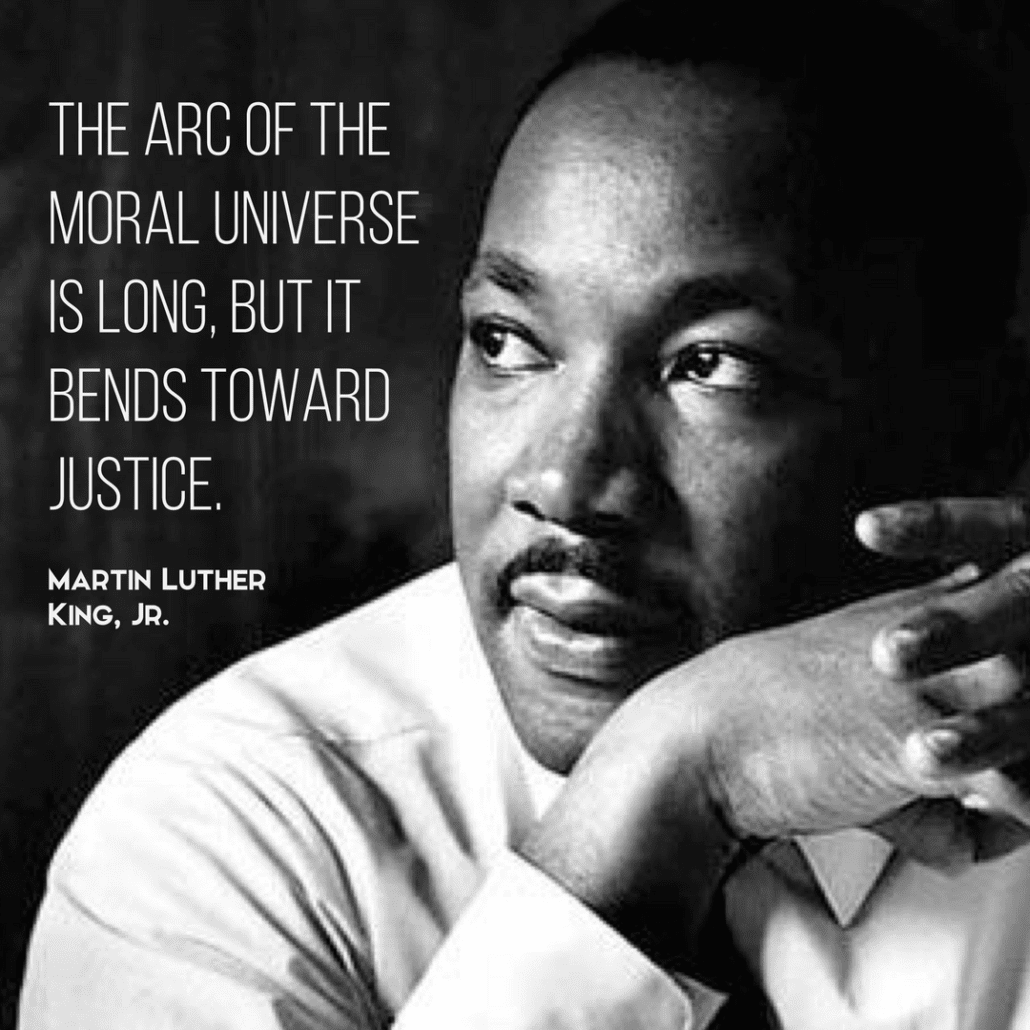
The Extra Life community is made up of the kindest, most generous and thoughtful gamers out there. Let’s continue to work together to offer healing to kids treated at Children’s Miracle Network Hospitals and also to make the gaming sector a more equal, equitable and just industry.
Don’t forget to sign up for Extra Life to help sick and injured kids in hospitals around the US and Canada by playing games!

